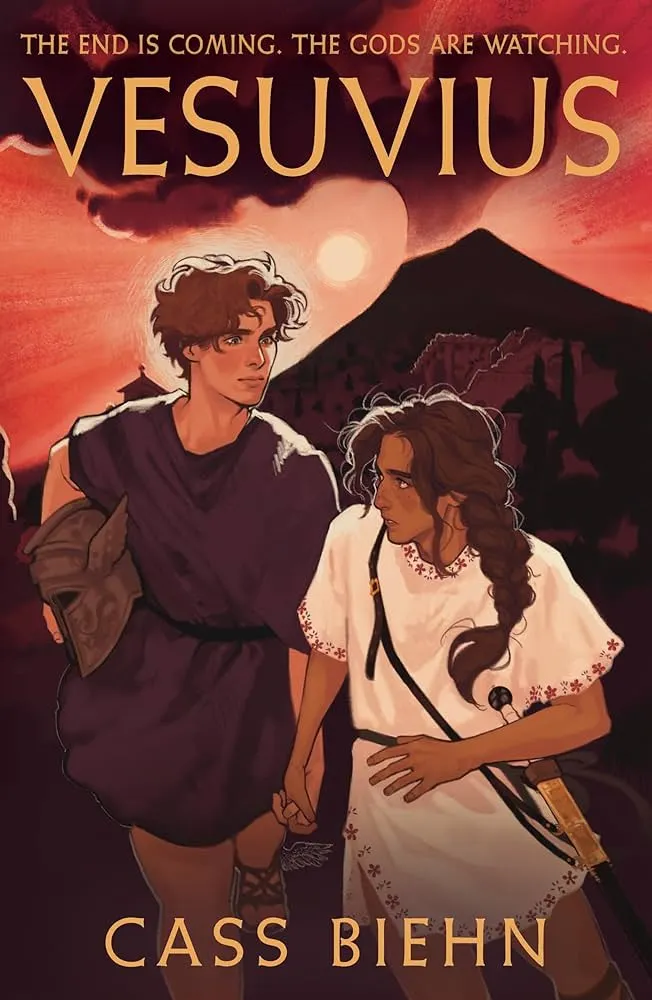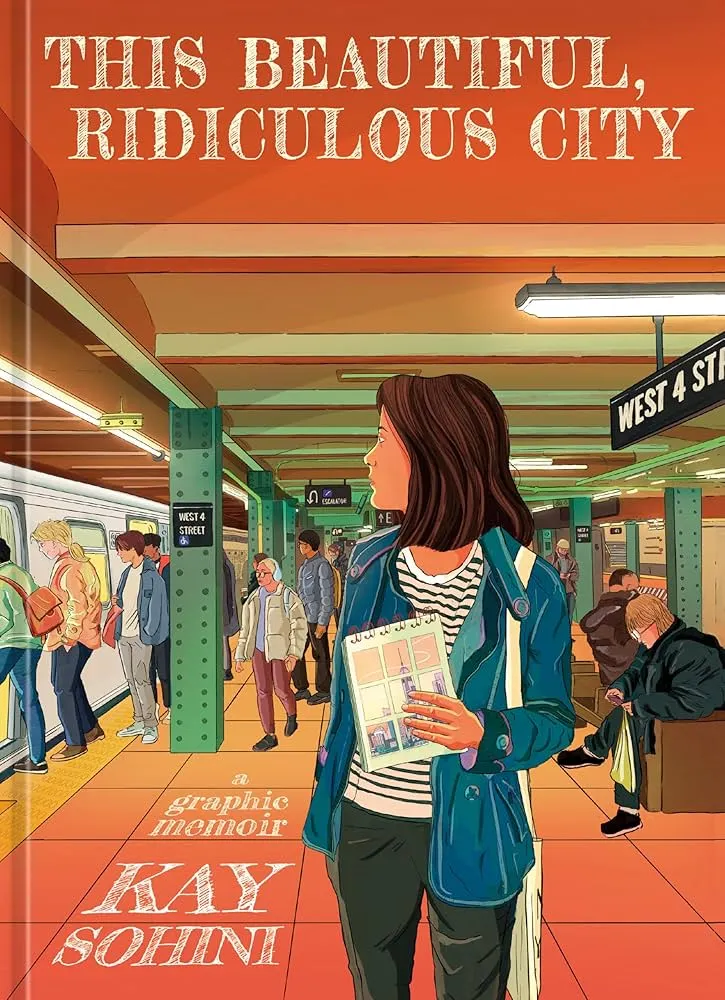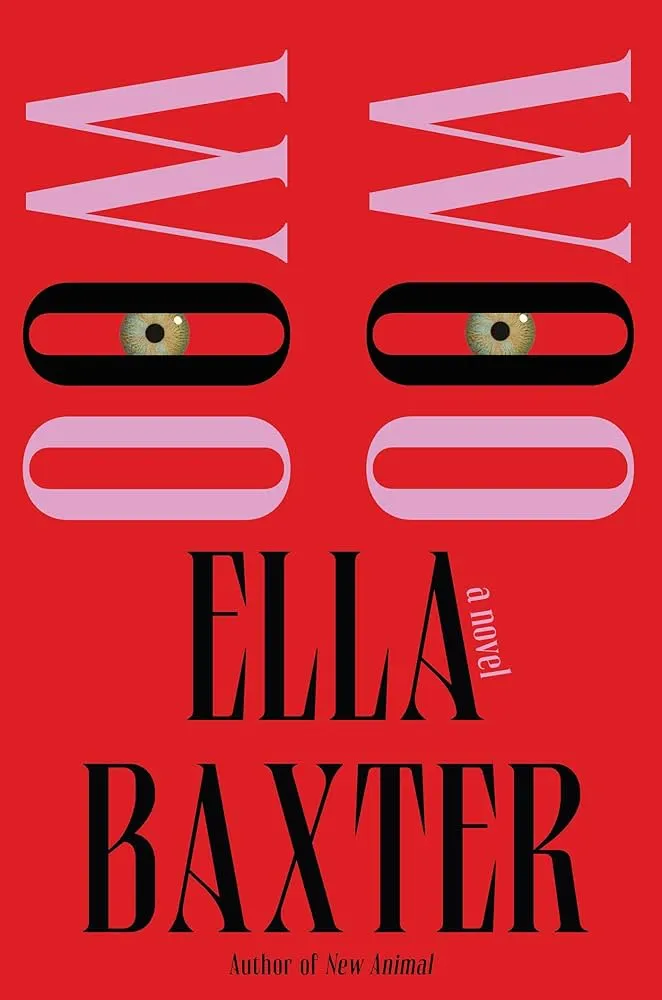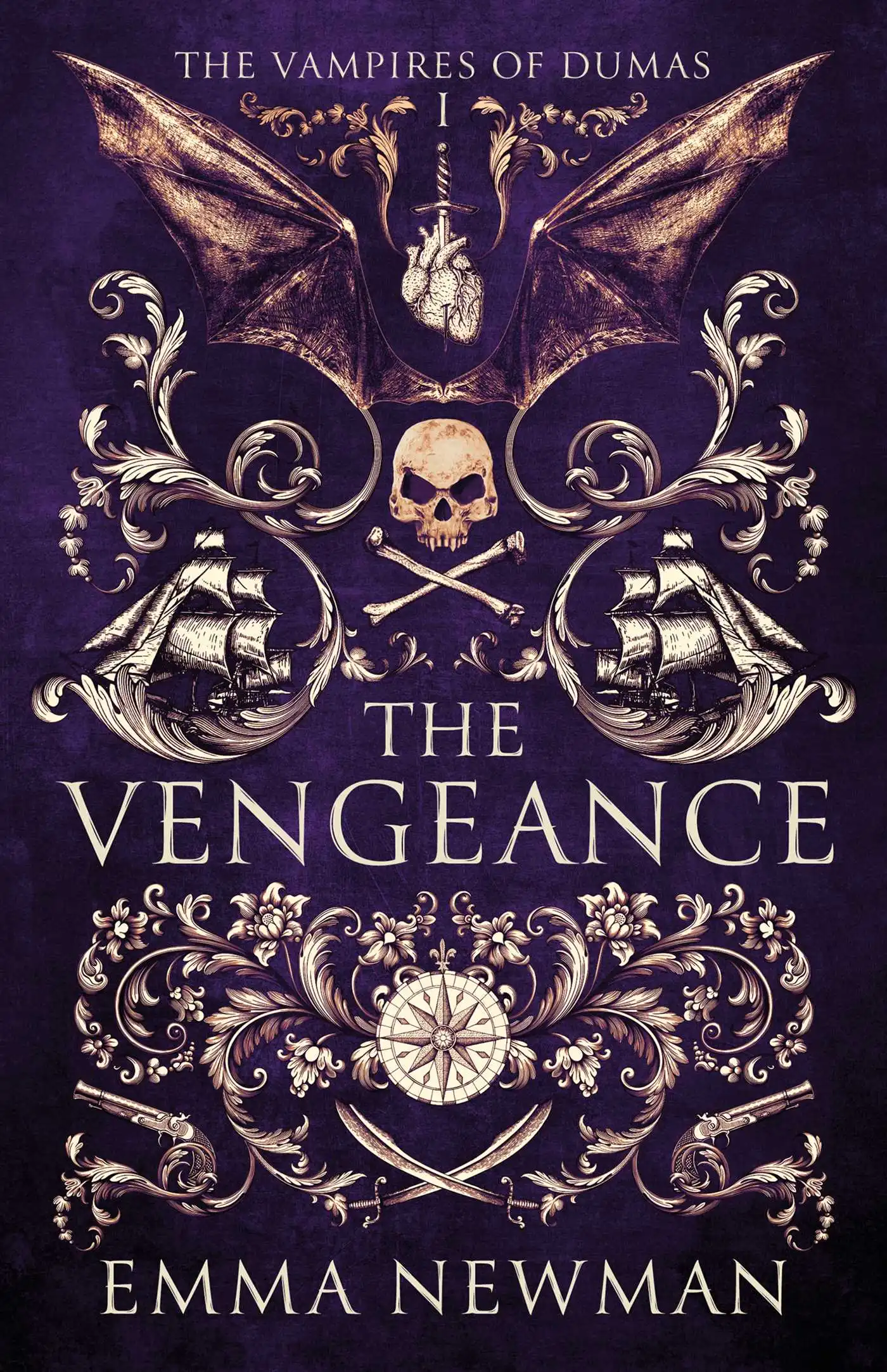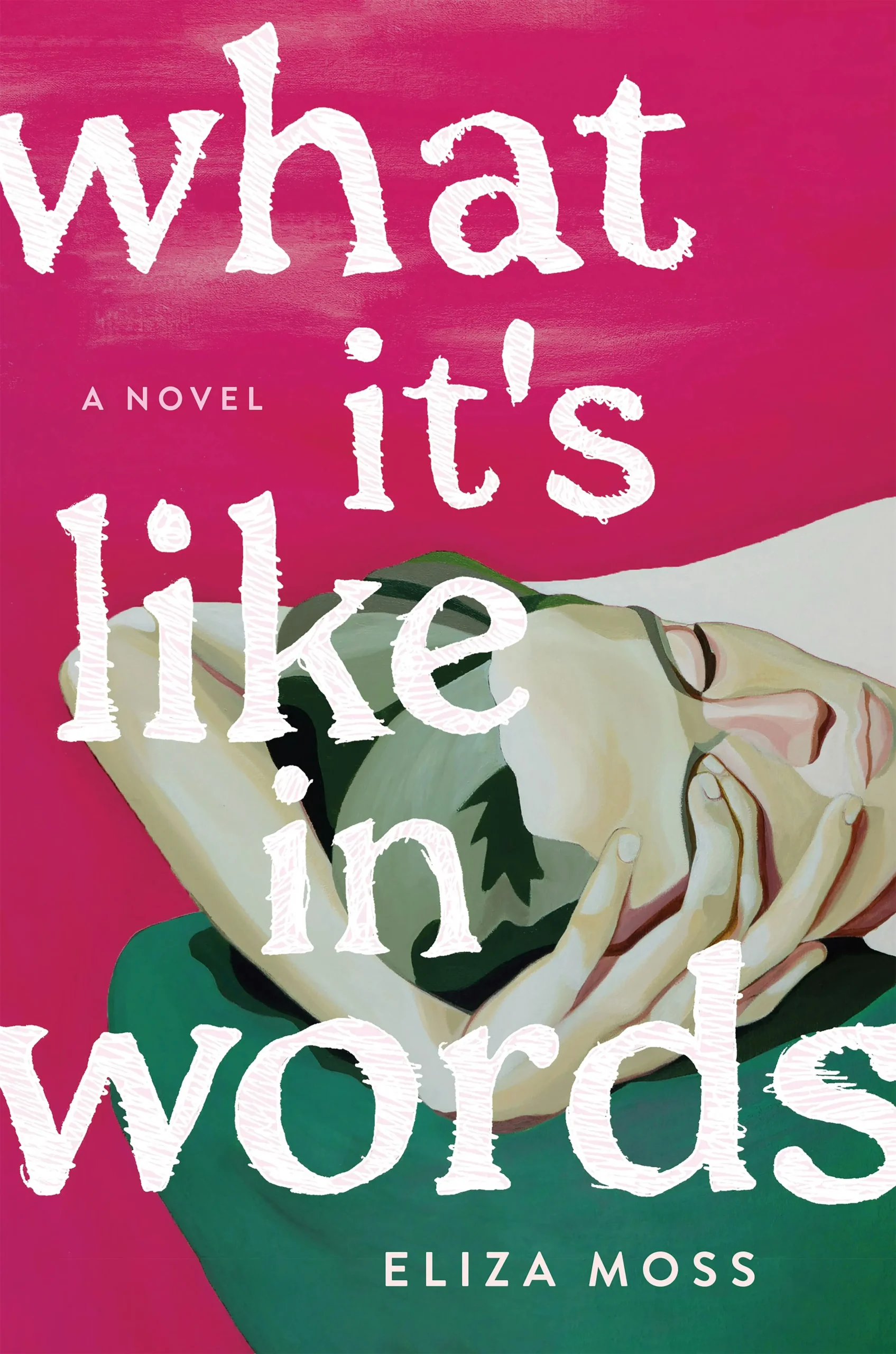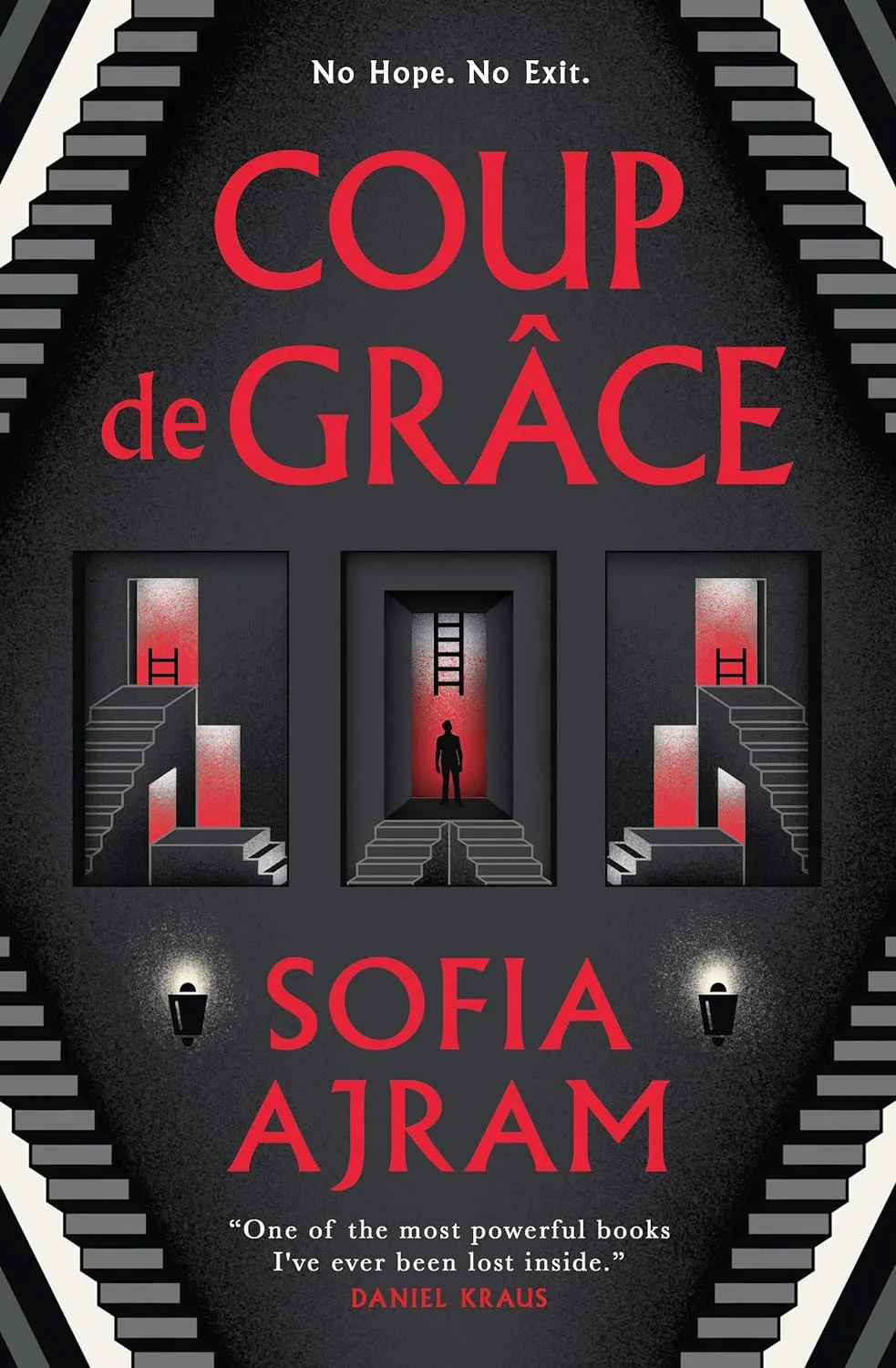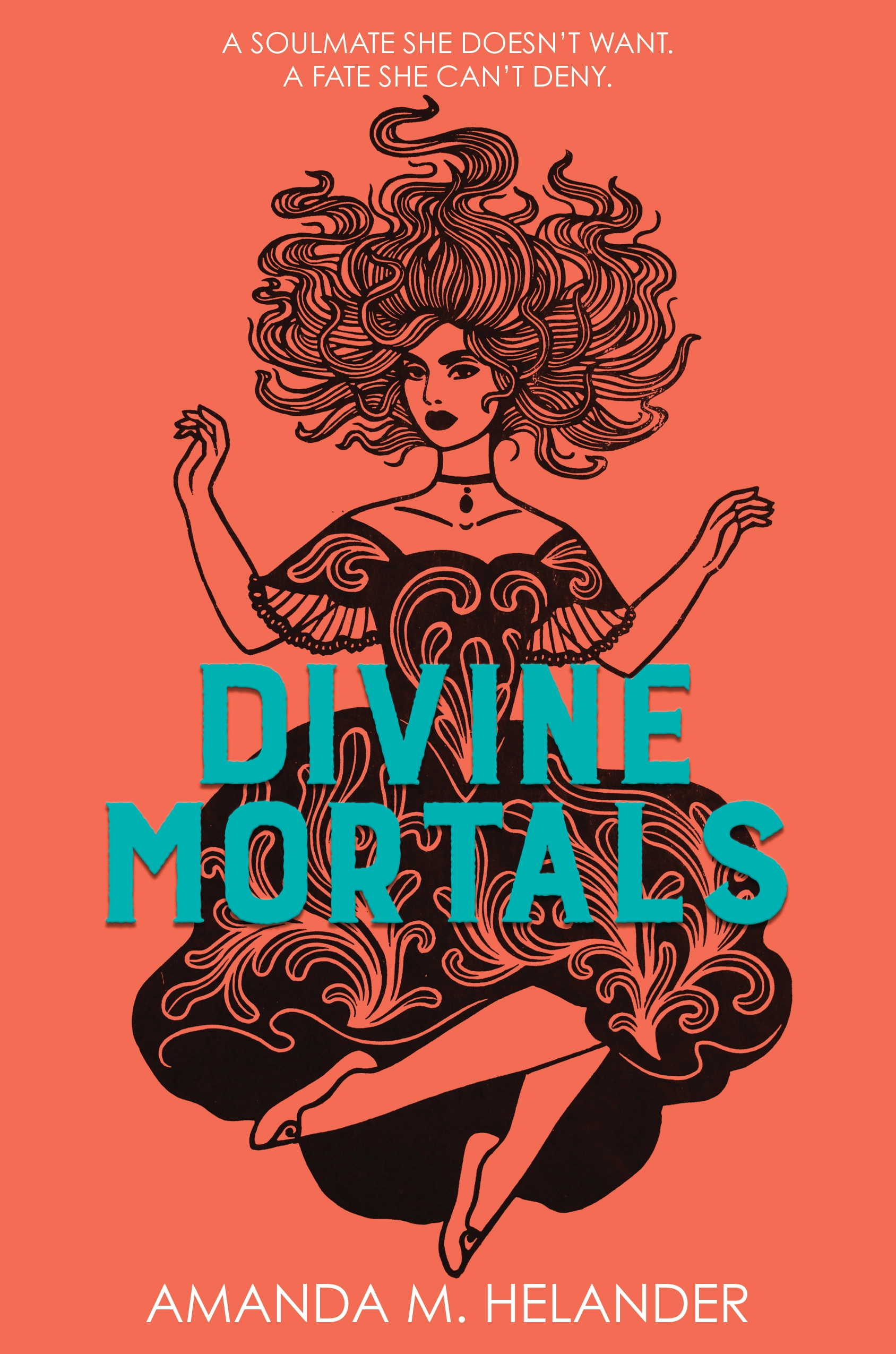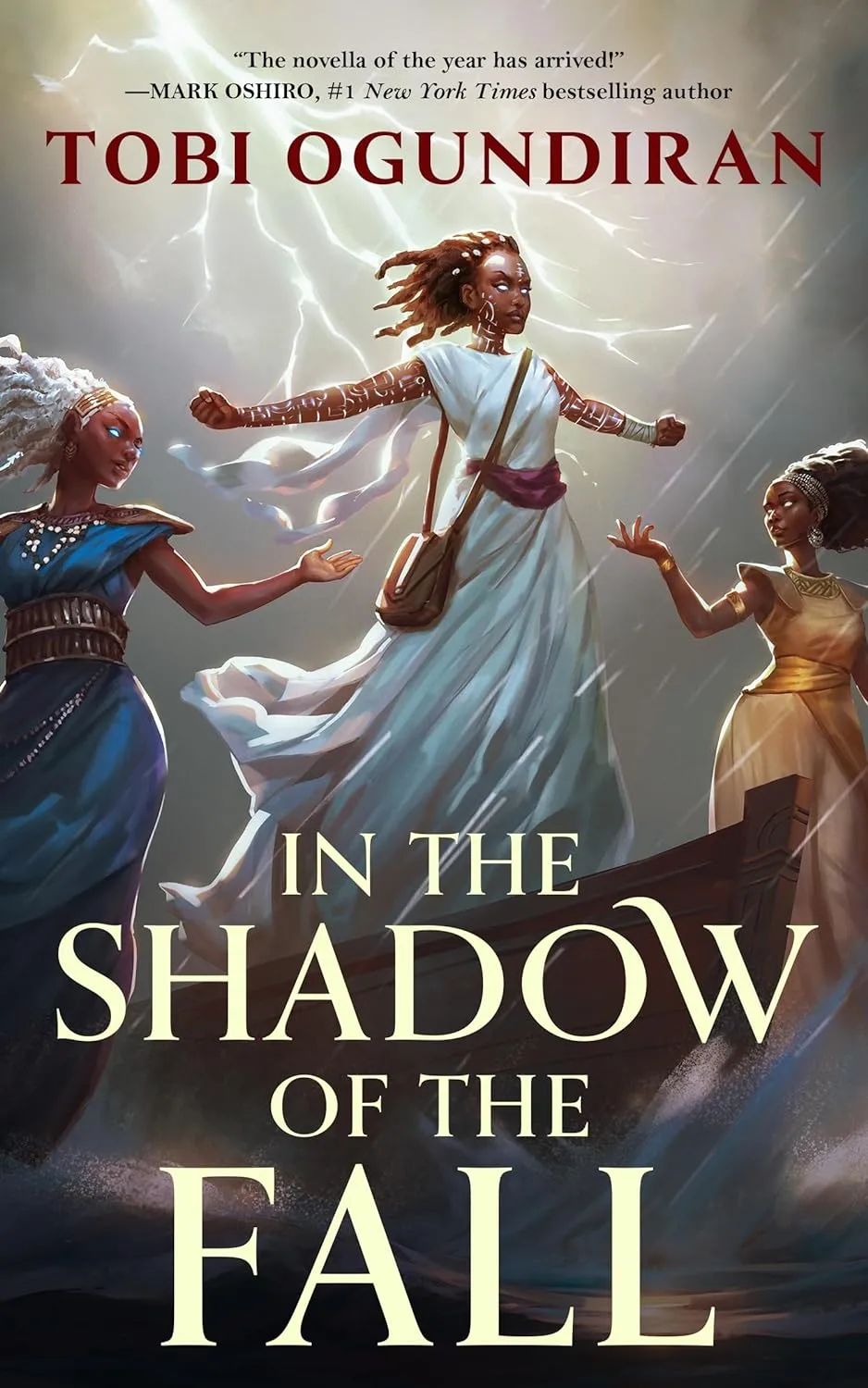
A Review of Foreign Fruit By Katie Goh
*SPOILER ALERT* This review contains plot details of Foreign Fruit.
This title was released on May 8, 2025 by Canongate Books.
“History is too various to offer a single narrative. Life is composed of shards and glass, all slotted together to make a mosaic. No one is born complete.”
I’ve always struggled with my sense of belonging. Born in Ireland, but ethnically Asian—I was never going to fit in. Not among people who looked nothing like me, nor the diaspora I’ve failed to connect with. My parents did everything to ensure I didn’t stand out: packing me plain lunches, prioritizing Westernized cultural norms, raising me with a temperate accent. And while I’ll always be grateful for my upbringing, it feels like a part of me has been lost in that bid to acclimate. There are few words for that kind of existence; being on the very precipice of “belonging,” but always remaining stuck. After all, what is “belonging,” if not feeling at home?
Perhaps that’s why I was so drawn to Katie Goh’s memoir, Foreign Fruit. Reading its description, I immediately felt connected to Goh’s search for their heritage—tracing their lineage from Northern Ireland to Kuala Lumpur, like a long, ribboning peel. “Seen” doesn’t even begin to describe how I felt. I hoped Goh’s journey to pull back these ancestral segments, collating stories of a home they half-knew, would help me reckon with my own identity. Needless to say, it exceeded my expectations.
In her own review, Katherine May describes Foreign Fruit as “sharp-sweet”—and if you ask me, there’s no word more suitable. A mix of memoir and social history, Goh oscillates between sweet personal stories and the sourest parts of colonialism. She identifies her own mixed-race, queer identity with the orange, which, like herself, is a hybrid entity. Tracing her journey from past to present, she unravels the migratory origins of the titular “foreign fruit” as it travels through the Silk Roads towards its destiny of globalization.
Through parables, fables, and historical anecdotes, Goh peels back the orange’s rind in a poignant tell-all of its inner segments: how it became a symbol of divinity and fortune, but also death, destruction, and violent greed. Using this foundation, they confront the modern, post-COVID wave of anti-Asian hate, and the echoes of colonial history found within it. It’s during this wave that the memoir begins in medias res, the day after Goh hears of an anti-Asian hate crime:
“The morning after a white man murdered six Asian women, I ate five oranges. They were not dainty tangerines or pretty satsumas or festive clementines. These were unwieldy, bulging oranges, pock-marked and rind-covered fistfuls of flesh. I ate them all until my body ached.”
From this opener alone, this electrifying, utterly infuriating opener, I could tell Foreign Fruit and I would become fast friends. From Longyan to Kuala Lumpur, each chapter is named for a place visited in Goh’s lifetime. Some are set in the distant past, others in the near-present. Immediately, I was gripped by their vivid personal vignettes. I could feel the slick-sweat stickiness of leather seats in a cramped family van, hear the fussy clamoring of aunties and cousins. And most of all, I saw in myself the longing for connection with a culture that’s technically theirs, yet isn’t. This is one of Goh’s biggest strengths as a writer: the ability to place readers directly in their shoes. By drawing out their senses, the reader sees through their eyes, rather than the lens of an observer. All of this is done while never once forgetting they’re telling a story; much like their adult self, Goh doesn’t stay in one place. Their tale is at once one of anger, growth, uncertainty, and home. This eclectic mix is exactly what I seek in nonfiction—never skimping out on the rawest details, while moving along an engaging narrative trajectory. It’s delicious.
It’s also with this ability, however, that Goh excavates the bitter pith from humanity’s past. Woven between these personal vignettes are episodes of social and colonial history. It starts with the orange’s gentler beginnings as a signifier of luck and gradually exhumes its history as a vessel for violent colonialism. The bloody implications behind decadent Dutch still-lifes. The Indigenous blood spilled for California’s citrus trade. How the ethos behind tragedies like the 1877 Chinatown riots is influenced by this violence. How the echoes of Yellow Peril in modern anti-Asian hate have unearthed prejudices long thought to be gone. These accounts are written not to fascinate but to educate and enrage. And I will fully admit it’s uncomfortable to read. So uncomfortable, and I believe that’s the entire point. Goh doesn’t mince words in her portrayal of this ugly past; her ability to craft a scene forces the reader to confront this violence directly. It’s not subtle, and the tonal contrast with the softer personal memoirs is intentionally jarring. We are warned from the opener this is not a comfortable story. The once-blessed orange becomes complicit in colonial violence; a “harbinger of death.”
While Goh’s ability to set a scene is undeniable, I did sometimes find the novel grasped at its connections between historical and personal anecdotes. The style is rich and poignant, and I have no qualms with the tonal contrast; but the transitions between sections often felt disjointed, feeling more like sudden jumps. While the orange remains a grounding element, some parts would benefit from extra connective tissue, especially during the slower and heavier first half. “Southern California” utilizes this transitional element best, and I found myself wishing the first few chapters had the same smooth trajectory.
I sip at a lukewarm bottle of orange juice as I round up these thoughts. I think to myself: whose tired hands picked the fruit that made these? On what land was it grown? Foreign Fruit has given me much to contemplate over the origins of citrus, of people, of violence and compassion and family. Most of all, it helped me reckon with my own identity. As a diaspora child, I can’t claim the same experiences as mixed-race individuals; but I do know the struggle to “belong” is universal. The orange provides refuge from this ache, itself physically and symbolically “a hybrid creation.” By the end, Goh accepts she may never truly “belong”—and, bittersweet as it is, it’s not necessarily a bad thing. I will proudly announce that the final chapters of my copy are stained with tears. Foreign Fruit was incredible, and this book will stay with me for a very long time.
